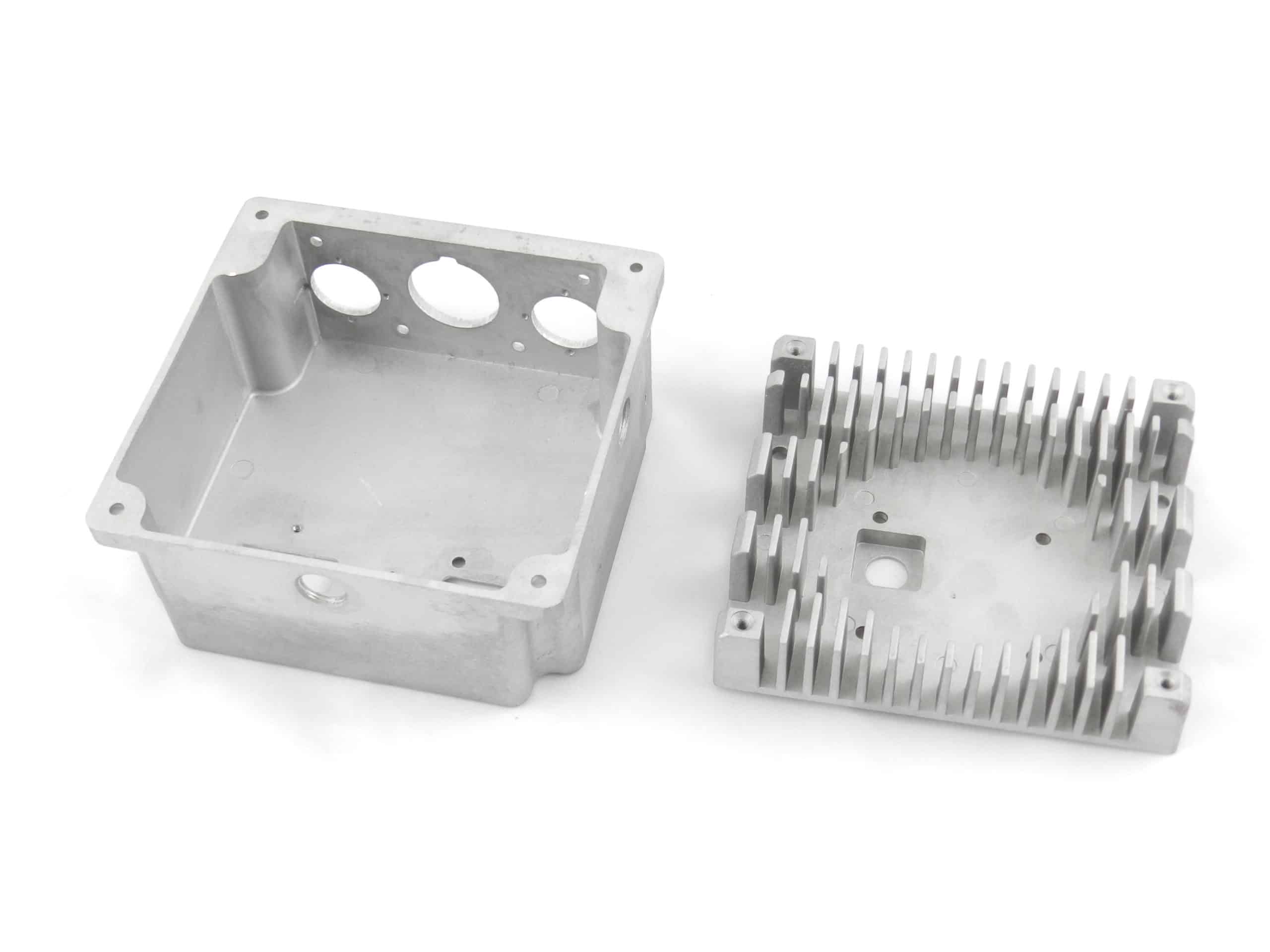Having a swimming pool in your backyard is a luxury that many homeowners enjoy. However, to take your pool to the next level, consider adding a retractable roof. Not only does it add style and functionality to your backyard oasis, but it also provides protection from the elements, allowing you to enjoy your pool year-round. In this article, we will explore the benefits of a swimming pool retractable roof and how it can upgrade your outdoor space.

The Benefits of a Swimming Pool Retractable Roof
1. Versatility
- A retractable roof allows you to open or close the roof as needed, giving you the flexibility to enjoy your pool in any weather.
- On sunny days, you can open the roof to let the sunshine in and enjoy an outdoor swimming experience.
- During rainy or windy days, you can close the roof to protect your pool and create a cozy indoor space.
2. Protection
- A retractable roof provides protection from UV rays, preventing sunburn and skin damage while swimming.
- It also protects your pool from debris, leaves, and other outdoor elements, keeping your pool clean and reducing maintenance.
- In colder months, a closed roof can help retain heat, allowing you to extend your swimming season and enjoy your pool year-round.
3. Style
- A swimming pool retractable roof adds a touch of elegance and sophistication to your backyard, enhancing the overall aesthetic appeal of your outdoor space.
- You can choose from a variety of materials, colors, and designs to match your home's architecture and personal style.
- Whether you prefer a modern sleek look or a traditional classic design, there are retractable roof options to suit every taste.
Types of Swimming Pool Retractable Roofs
1. Telescopic Retractable Roof
The telescopic retractable roof consists of multiple sections that slide open or closed along a track, allowing you to partially or fully cover your pool as needed. This type of roof is versatile and provides the flexibility to adjust the roof based on the weather conditions.
2. Folding Retractable Roof
A folding retractable roof is made up of individual panels that fold back accordion-style to open up the pool area. This type of roof is ideal for larger pool areas and provides a sleek and modern look to your backyard.
3. Rolling Retractable Roof
A rolling retractable roof rolls up or down along a track, similar to a garage door. This type of roof is easy to operate and is a great space-saving option for smaller pool areas. It also provides quick protection from the sun or rain when needed.
Considerations for Installing a Swimming Pool Retractable Roof
1. Budget
- Determine your budget for the retractable roof project, including the cost of materials, installation, and any additional features or customization.
- Compare different roof options and get quotes from multiple vendors to find a solution that fits your budget and meets your needs.
2. Location
- Consider the size and layout of your backyard to determine the best location for the retractable roof.
- Ensure that the roof installation complies with local building codes and regulations regarding setbacks, height restrictions, and property lines.
3. Maintenance
- Regular maintenance is essential to ensure the longevity and performance of your retractable roof.
- Follow the manufacturer's recommended maintenance schedule and keep the roof clean and free of debris to prevent damage and malfunctions.
Final Thoughts
Adding a swimming pool retractable roof to your backyard is a stylish and functional upgrade that can transform your outdoor space into a year-round oasis. Whether you want to enjoy the sunshine in the summer or swim under the stars in the winter, a retractable roof provides the versatility and protection you need to make the most of your pool. Consider the benefits and options available when planning your retractable roof project, and enhance your backyard with this innovative and practical addition.






